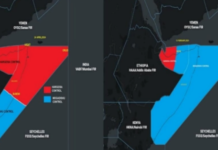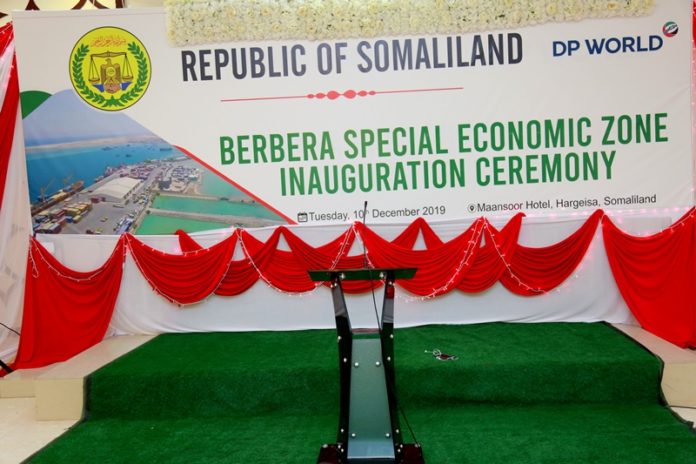Introduction
Like any other Economic Zone, Somaliland’s Economic/Free Zone (SEZ) shall be planned to integrate, economic needs (having different clusters such as Logistics hub, Industrial hub, Wholesale hub…etc.) with the social and environmental needs. I believe this is one of the key initiatives and an important milestone towards diversifying and delivering Somaliland’s economic vision. Nonetheless, if we are to establish a free zone that cater state’s economic growth and boosts the employment opportunities specially for our graduates. Then, based on our experience vis-à-vis on similar plans and strategies, such benefits will only be materialized when environmental and social components are taken into consideration in line with the economic objectives. Therefore, we are strongly recommending to integrate social and environmental dynamics into the decision-making process as early as possible.
An inclusive plan that includes, but not limited to techno-economic, social and environmental consideration in all phases is vitally needed for the benefit of nor only current generation but also or generations to come. Based on our experience the social and environmental adverse impacts are mostly associated with the operation phase via different environmental media (e.g. air, water, land, noise, radiation, fire, explosion…). Therefore, a sustainable implementation is needed to reduce both the short and long-term impacts.
Constraints
One major constraint that could hinder the above benefits could arise if failed to select an appropriate site for the plan. It is important that the EZ’s site is strategically placed in an open hinterland with proximity to the port and airport, while at the same time having the opportunity to expand in the future to accommodate future development. Also, in order to support the scale of commercial a considerable investment in infrastructure is a prerequisite, especially in the increase in road traffic levels. Albeit once complete Berbera Corridor will facilitate more efficient movements of freight and people between the Berbera Free Zone, Wajale and across the border to Ethiopia. But, there is a concern how the increase of traffic level may influence the in the City of Berbera and this is one of the reasons that the Free zone site needs to be strategically located.
Environmental Risks
Common risks include, but not limited to, fire, release of toxic gases, chemical spill, utility balance, depletion of finite resources, increase waste (both hazardous, non-hazardous and inert), traffic increase, leakage associated with fuel farm, the risk of explosion, potential flood risk, lack of drainage network in addition to health and safety issues. These are critical issues from the stakeholder (e.g. investors, customer, proponent, client, contractor, workers, public and nearby residence) point view. It is therefore important that the plan considers all the aforementioned aspects. Moreover, in order to compete both regionally and globally counterparts, the Somaliland Economic Zone should utilize state of the art and proven methods in all phases. The bottom line of this article was to emphasize the need to create synergy economic needs with social and environmental needs to create win-win situation.
Thanks, and Best Regards
Mohammed Haji Ibrahim
Environmentalist
Mohammed_ibr40@hotmail.com
Sheffield, UK






































